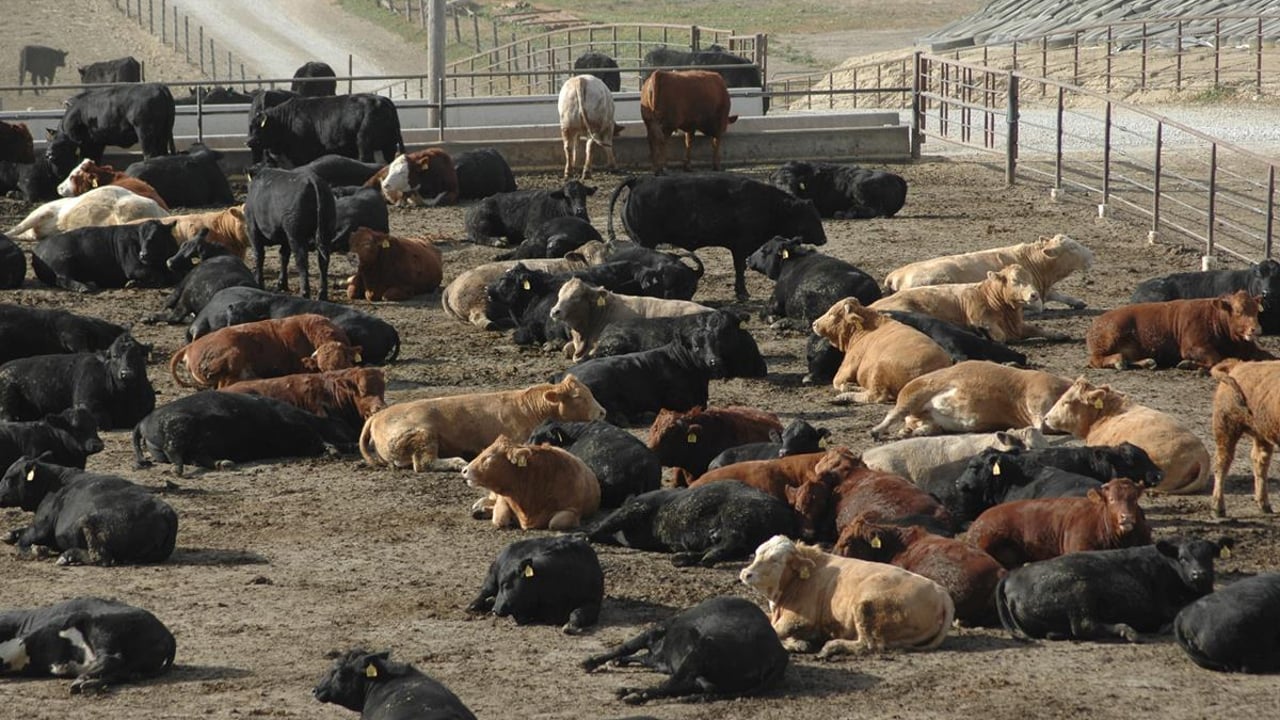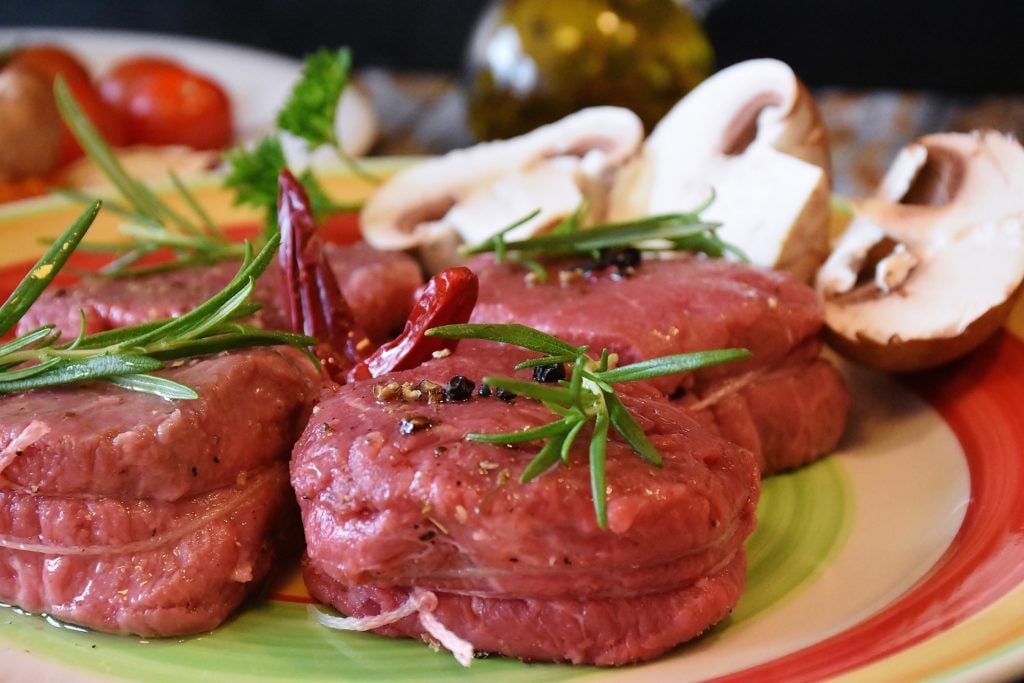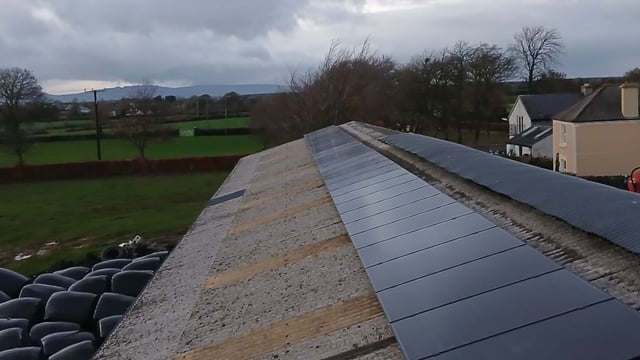US beef prices up 30% as supplies to fall further in 2026
US beef prices in September 2025 are running 30% or $1.96/kg (€1.69/kg) ahead of the same time last year, with prices reaching a record $8.50/kg (€7.32/kg) in the week ending September 12.
A recent analysis on the US beef market by the UK's Agriculture and Horticulture Development Board (AHDB) also noted that the number of cattle in US feedlots is continuing to contract with US beef production forecast to fall 4% in 2025.
Production is forecast to reduce further in 2026.
Global trade
The AHDB analysis highlighted that from January to July this year, US beef exports are down 8% overall, with beef exports to China down by 46%.
US beef imports have increased by 28% from January to July of this year, with the largest volume of increases coming from Brazil and Australia.
The AHDB analysis highlighted that new tariffs "are expected to cool import volumes during the remainder of the year".
Despite the record beef prices in the US, the AHDB said that the projected beef consumption figures for July 2025 have remained consistent with July 2024, sitting at 59.1lbs (26.8kg) per capita.
The United States Department of Agriculture (USDA) expects the total 2025 beef output to be approximately 25.93 billion pounds (11.76 million tonnes), which is a 4% year-on-year decline.
The US cattle slaughter to date this year as of September 20 has totalled 21.1 million head, down 1.6 million head or -7% compared to at the same point in 2024.
The USDA estimates indicate a 1.3% year-on-year drop in the national calf crop for 2025 and its data also shows the US cattle breeding herd has contracted with beef cow numbers down 1.2% year-on-year as of July 1.
The outlook for 2026 also remains tight, with the USDA projecting a further 2% decline in beef production.
The AHDB analysis noted that with fewer heifers on feed in the US, this "may tentatively point to the slow beginnings of a herd rebuild" in the US.
"In the short run - through 2026 - this keeps US beef supplies tighter, and prices underpinned. The supply response from larger calf crops would likely not materially emerge until 2027–2028, assuming favourable weather and costs."






